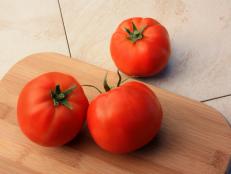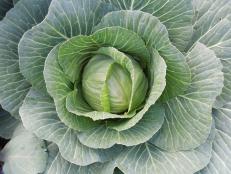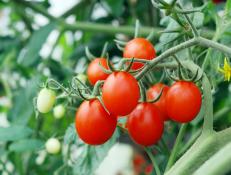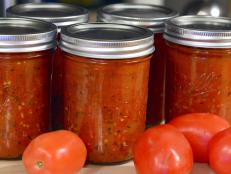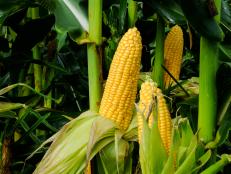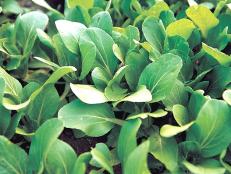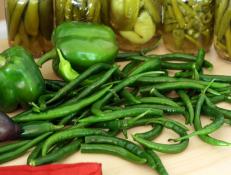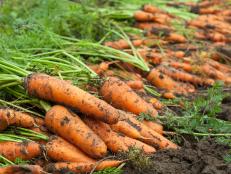How to Cure Vegetables for Storage
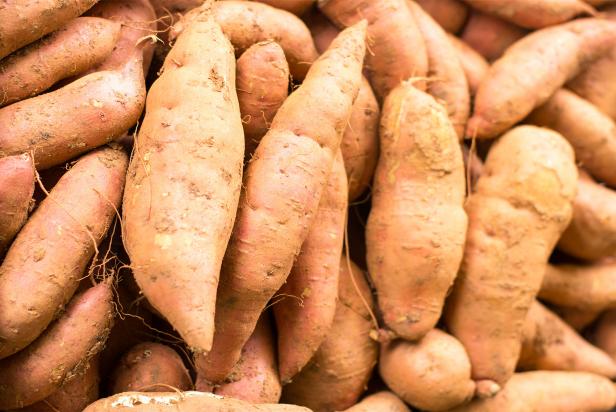
Debbie Wolfe
For long-term storage of garden vegetables, there are a few rules of thumb to follow:
- Know what to cure and what not to cure prior to storage.
- Harvest after a few days with no rain, if possible, to minimize excess moisture.
- Harvest at maturity, not when produce is overripe or underripe.
- Choose the best quality specimens for storage.
- Handle the vegetables gently to avoid bruising or scratching.
- Get the vegetables to a cool place as soon as possible.
- Do not let them sit in the sun.
Curing is a process of holding produce in specific climate conditions for a short duration before moving to very different storage conditions. The warmer temperatures during this time allow outer skins of certain types of vegetables to dry and harden prior to storage, thus preventing premature rot. Because of this need to dry, washing these vegetables after harvest is counterproductive and should be avoided until immediately before food preparation. The curing process can also protect vegetables with superficial surface scratches and divots. The temperature, humidity and duration of the curing process is different for the various veggies that require it.
Vegetables which must be cured prior to long term storage include garlic, onions, potatoes, sweet potatoes and winter squash.
- Cure garlic and onions between 70 and 85 degrees at 70 percent humidity for about two weeks, or until the necks are dry and tight.
- Potatoes must be cured a bit cooler at 55 to 65 degrees and 95 percent humidity for two to three weeks.
- Sweet potatoes, on the other hand like it hot—cure at 85 to 90 degrees and 90 percent humidity for a week.
- Winter squash should be cured at 80 to 85 degrees for two to three weeks at 70 percent humidity.
- Add to this list shelled beans and peas, which also require a bit of special treatment before dry storage, although they are not cured in the strict sense. Once picked, wait to shell the beans and peas until the pods are thoroughly dry. Keep them warm and dry for several days to two weeks.
The best place for a home gardener to cure vegetables is a covered, well-ventilated area with a consistent temperature. A basement, shed or even attic can do the trick. Containers should be shallow and again, well-ventilated, such as bakery bread trays or clean wood crates.
Not all vegetables will respond well to a curing process. In fact, most crops would be ruined by leaving them in warm conditions. Some common storage vegetables that should not be cured include beets, cabbage, carrots, turnips or any other veggies other than those listed previously. These should be removed from the garden to cold storage immediately.
Proper treatment of vegetables from the garden to the storage room is vital to enjoying the fruits of your labor throughout the year.








